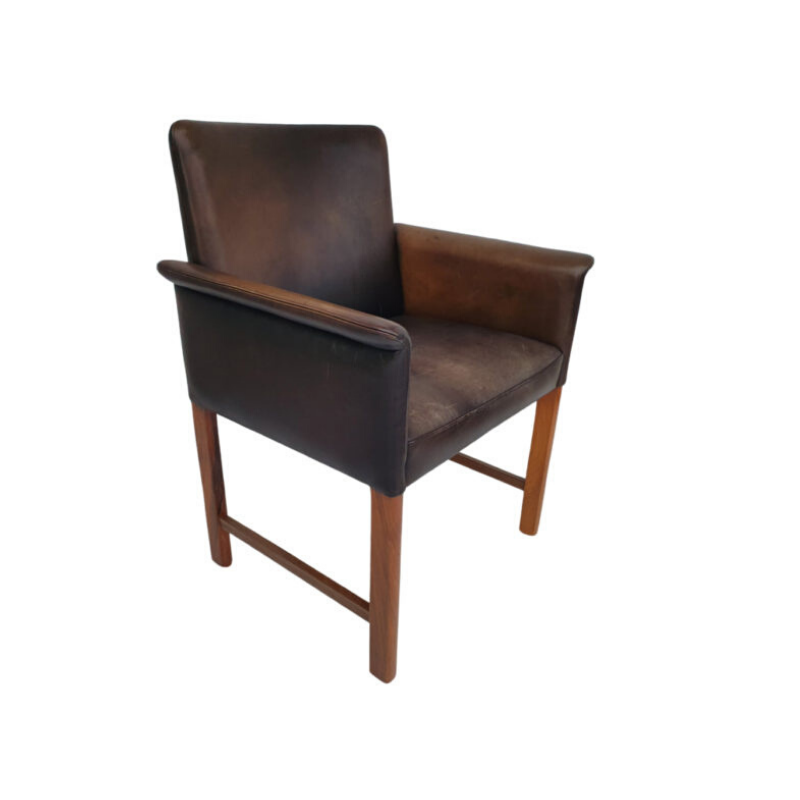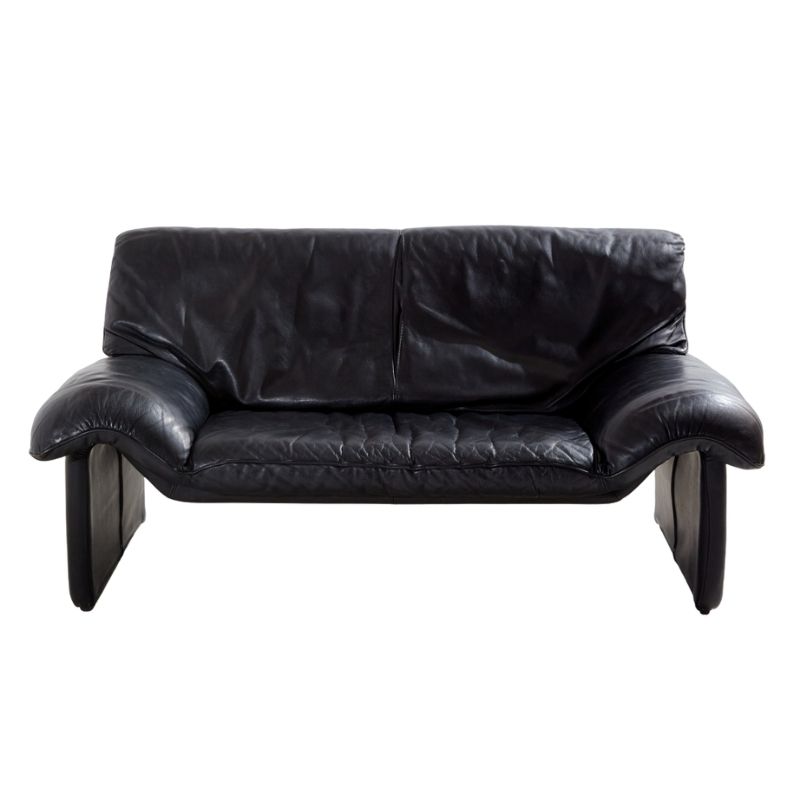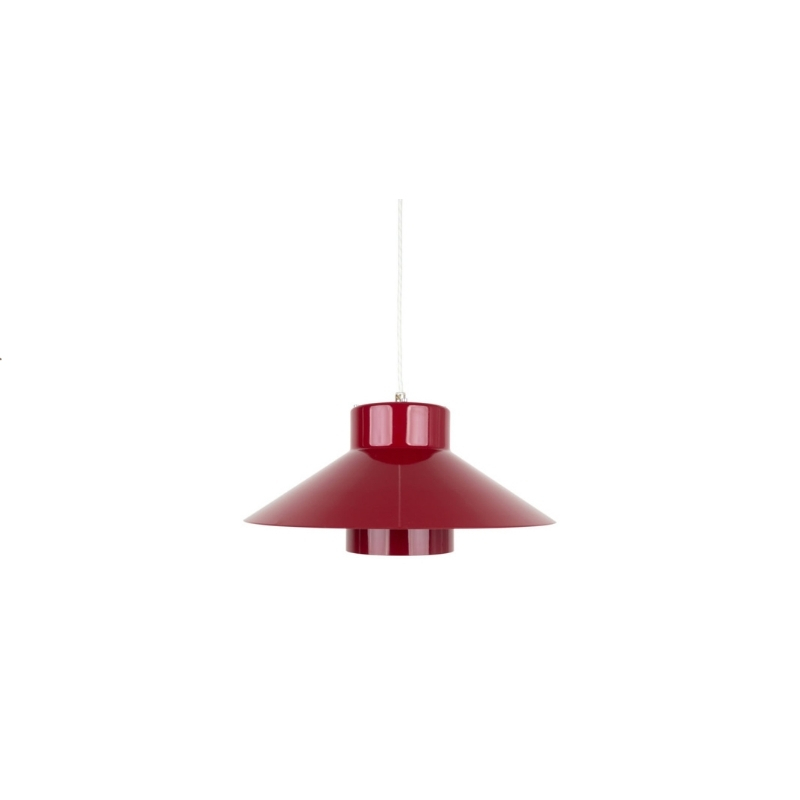concave or convex?
If you mount it vertically, with the concave side showing, I have found that two small nails at the top of the two highest openings works well. (It allows for easy leveling that way, and no re adjusting is ever needed.) For convex wall mounting, I would go with woody's suggestions.
On a side note, my splint is not marked with the usual numbers, or stamping, but has "ALLIED AVIATION CORP" stamped on it in small black letters. It is clearly fabricated in the same manner as all the splints. I did some research and found only a tangental relationship to the Eames aircraft design projects.
Allied Aviation Corp was established in Cockeysville, Maryland, in January of 1941 to manufacture laminated plywood components for aircraft.
Does anyone know if the "Flying Flatcar" glider (that Eames developed parts for, such as the plywood "blister" nosecone) was an Allied Aviation Corporation project?
Any further info would be appreciated.
Has anyone ever seen one marked like this?
Thanks!
Elevated to the status of art.
Assuming your intent is to hang it vertically, try to both give the splint some space from the wall and to hide whatever hardware you use as best you can so as to be the least visually obtrusive. Something as simple as small wooden blocks the right size placed behind a hanging object are often enough to provide a little "breathing room". Monofilament is okay if it's not pulled so tightly that it will dig into the wood and avoid hanging it where it will be exposed to bright or direct sunlight, if at all possible
You might also consider displaying it freestanding or in the round on a weighted custom mount. Museums and galleries have them made all the time and I just happen to know a gifted mount maker or three should you ever need a referral. ;^)
In the right application you...
In the right application you could hang it from wire. much like ray (eames) did with the tumble weed in their case study house. maybe not as high as that but in a way that you could appreciate it from all sides as a free floating object. Just an Idea 🙂
Oooh --
that's a good idea. White mannequin, white room, wooden splint -- displayed to show what the **** it actually is . . . !
On the wall, concave side out, it's already got some "space" around it even if hung directly from the sheetrock ? Not very heavy, so one or two of the screw-in gypboard mounts, with screw-eye or cup hook applied to that . . . Done. Check that everything's the right diameter while at the hardware store.
Woody and tktoo
Woody-
The splint looks anything but new/unused. Possibly like someone had cleaned it up a little. Might be my imagination but a few specks of darkish red in some places. Could just be that it hung around too many garages for too long. None of the usual stamps or numbers though. Just small black (stamped) letters that say "Allied Aviation Corp" right in the middle of upper large area on convex side. I liked that it was an oddball.
tktoo- Analine DIE? Nice wall! Your splint I presume?
I ripped it from the web, EH.
It was among the first hits when I did an image search for "Eames splint", but the photo illustrates well the point I was trying to make about mounting a bit away from the wall. The placement of the splint in the photo, as far as its relationship to the other elements in the setting, I find somewhat awkward, however. Like my sentences.
thanks tktoo
Yeah, you might be right about the awkward placement... Maybe I was just trying to be polite. (Thats a laugh huh?)
But in my own defense, photos never seem to reveal enough of the entire situation to make too keen of a judgement about room composition in three dimensional space.
For instance, in your web photo, I find myself reacting as much to the flat-space composition of the photo itself-- than to my ability to see what is truly going on in three dimensions in that room. The photo ends too soon!
Your point about "free floating" the splint from the wall is understood. Giving it a little breathing room does activate it in a whole different way. I bet that your experience with museum installation has come in handy. Nice to know all the tricks, and why they work.
I have found that I prefer to hang the splint with the thicker end up. The thicker end at bottom (as in photo) does make for more stability, but thicker end up gives the form a certain "lift" or tension, which I find more appealing.
If you need any help, please contact us at – info@designaddict.com









